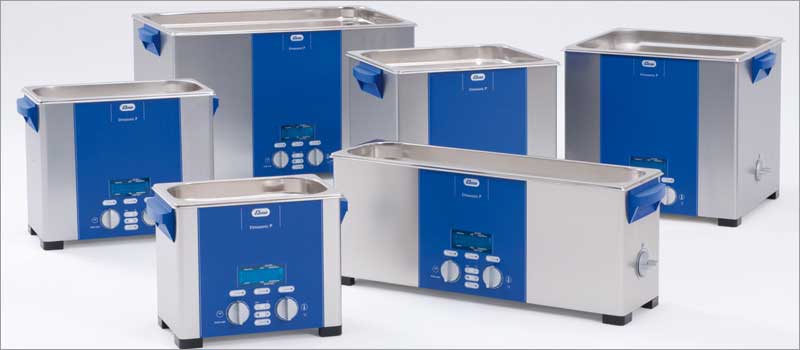
How Ultrasonic Cleaning Works for Industry and Labs
Ultrasonic cleaning has become an indispensable tool for industries requiring the highest standards of cleanliness, particularly in the production of machined metal parts for critical applications in pharmaceuticals, laboratories, and manufacturing. The ability to remove contaminants from intricate surfaces with unparalleled precision and efficiency makes ultrasonic cleaning a cornerstone of quality control. This article delves into the core principles of how does ultrasonic cleaning work and its specific applications for machined metal components.
Achieving Commercial-Grade Cleanliness with Cavitation
The effectiveness of ultrasonic cleaning lies in cavitation, a powerful yet controlled process:
- High-Frequency Sound Waves: Ultrasonic cleaners generate sound waves, typically in the range of 20 to 400 kHz, using transducers bonded to the cleaning tank.
- Microscopic Bubble Formation: As these waves propagate through a cleaning solution, they create alternating pressure zones. During low-pressure phases, microscopic vacuum bubbles form.
- Powerful Bubble Implosion: When these bubbles encounter high-pressure zones, they implode with significant energy release.
- Precision Contaminant Removal: The energy from these implosions creates localized, intense micro-jets that dislodge contaminants from the surfaces of immersed parts, reaching even the most intricate geometries.
Applications in Industrial and Laboratory Settings
- Machined Metal Parts: Removing machining oils, metal chips, and particulates from precision parts.
- Pharmaceutical Manufacturing: Cleaning equipment and components to meet stringent cleanliness standards.
- Laboratory Equipment: Decontaminating and cleaning sensitive lab instruments and components.
- Industrial Maintenance: Cleaning and restoring machinery parts and tools.
- Aerospace Industry: Cleaning critical components that require precision.
- Medical Device Manufacturing: Cleaning parts for medical devices.

The Ultrasonic Cleaning Process
- Solution Selection: The cleaning solution is critical. It must be compatible with the metal and effective against the contaminants (e.g., machining oils, metal chips, particulates).
- Part Immersion: Machined metal parts are carefully placed in the ultrasonic cleaner tank, ensuring complete submersion.
- Ultrasonic Wave Generation: The generator activates the transducers, creating the high-frequency waves.
- Cavitation and Cleaning: Cavitation bubbles form and implode, dislodging contaminants from all surfaces.
- Cycle Duration: The cleaning cycle is tailored to the level of contamination and part complexity.
- Rinsing and Drying: Parts are rinsed with clean water or a specific rinsing solution to remove residue, followed by thorough drying.
Key Factors for Effective Ultrasonic Cleaning
- Frequency Optimization: Lower frequencies are ideal for removing heavy contaminants like machining oils and chips, while higher frequencies are used for finer cleaning of delicate parts.
- Chemical Compatibility: The cleaning solution must be compatible with the metal and effective against specific contaminants.
- Temperature Control: Elevated temperatures enhance cleaning efficiency by reducing surface tension and increasing cavitation intensity.
- Power Management: Adequate power ensures effective cavitation throughout the tank.
- Precise Timing: Controlled cleaning cycles prevent over-cleaning or damage.
- Tank Design: Tank size and transducer placement optimize cleaning for specific part geometries.
Benefits of Ultrasonic Cleaning
- Superior Cleanliness: Reaches intricate surfaces and removes contaminants that manual cleaning cannot.
- Reduced Damage Risk: Provides gentle yet effective cleaning, minimizing damage to delicate parts.
- Increased Efficiency: Significantly reduces cleaning time and labor compared to manual methods.
- Consistent Quality: Ensures repeatable and reliable cleaning results, crucial for quality control.
- Improved Process Control: Enables precise control over cleaning parameters, ensuring optimal results.
Contact Tovatech for Questions on How Ultrasonic Cleaning Works
Answering the question, “how does an ultrasonic cleaner work”, reveals its critical role in achieving high-precision cleaning for machined metal parts and other critical components in industrial and laboratory settings. By leveraging the power of cavitation, businesses can ensure optimal cleanliness, improve efficiency, and maintain the highest standards of quality. For expert guidance on selecting the right ultrasonic cleaning equipment and solutions for your industrial or laboratory needs, call or chat with the experts at Tovatech.
